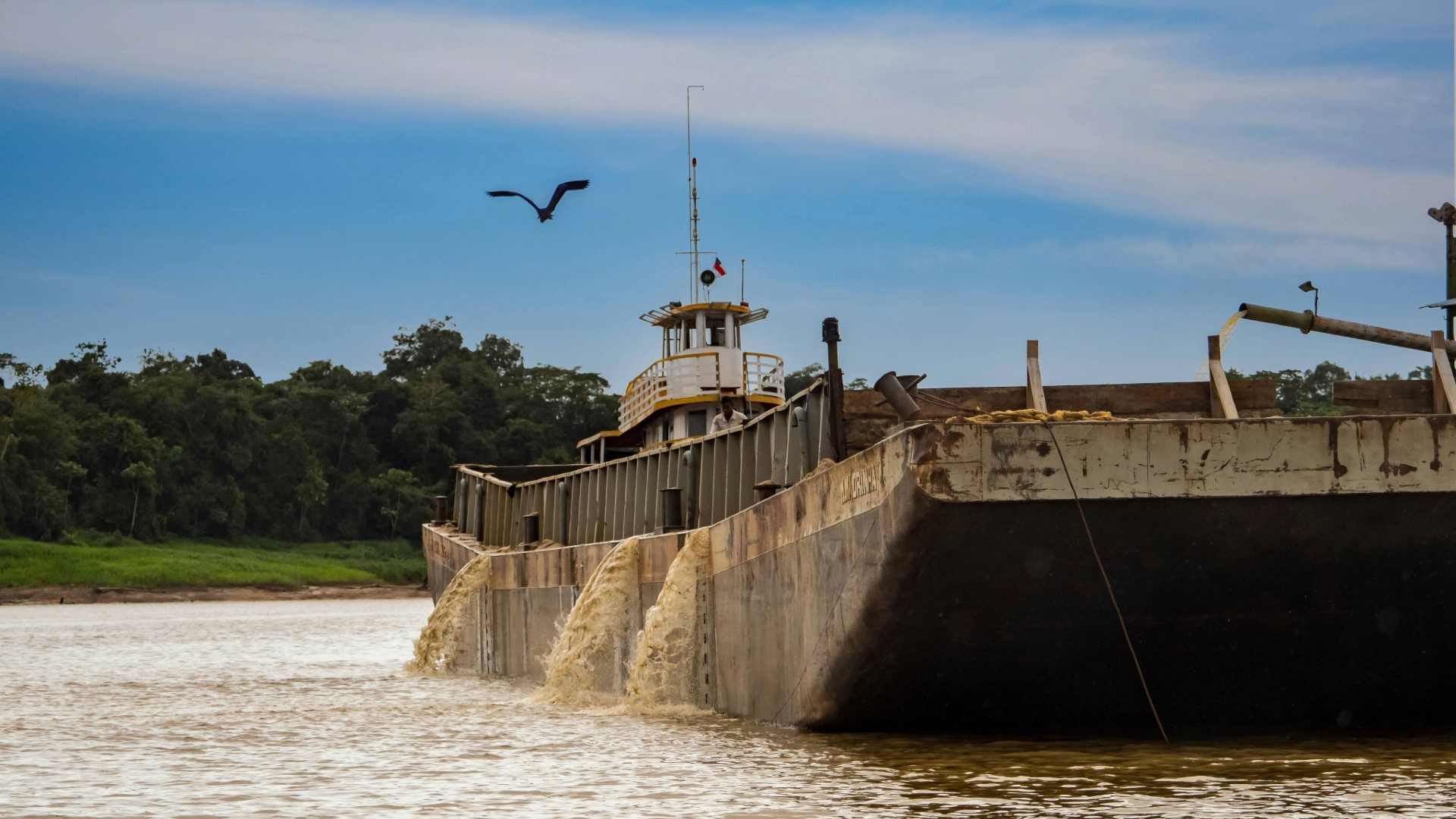Introduction
Dredging operations at the mouth of the Balete River in Gloria, Oriental Mindoro, have raised environmental concerns among local officials, environmental advocates, and residents. The river dredging project, approved by the Department of Public Works and Highways (DPWH) and the Department of Environment and Natural Resources (DENR), aims to extract 1.8 million cubic meters of marine sand to support the construction of the New Manila International Airport in Bulacan. While the national government views the dredging project as crucial for infrastructure development, many in Mindoro are questioning the long-term environmental impact and the potential risk it poses to protected waters and marine ecosystems.
Understanding the Project
The dredging initiative focuses on clearing sediment and extracting sand from the river mouth of the Balete River, a critical waterway in Oriental Mindoro. Proponents of the project argue that dredging serves dual purposes—preventing flooding by improving water flow and providing much-needed raw materials for large-scale construction projects, particularly the New Manila International Airport, which is considered vital for the country’s economic growth and transport infrastructure.
Dredging, in its most basic form, involves the removal of sediment, sand, silt, and debris from the bottom of lakes, rivers, harbors, and other water bodies. While river dredging can enhance navigability and prevent sediment buildup, improper or unregulated dredging can lead to significant environmental degradation. This is at the core of the controversy brewing in Oriental Mindoro.
Environmental Concerns Mount
Local stakeholders argue that the Balete River is situated near ecologically sensitive areas, and the dredging activities could disrupt fragile marine and coastal ecosystems. Environmental groups have sounded the alarm over the potential destruction of mangroves, seagrass beds, and coral reefs, which serve as nurseries for various marine species. Such ecosystems are not only vital for biodiversity but also provide protection against coastal erosion and storm surges.
Moreover, critics warn that the volume of sand being extracted—1.8 million cubic meters—is excessive and may result in irreversible changes to the hydrology and natural sedimentation processes of the area. “We’re not just talking about sand,” one environmental advocate said. “We’re talking about an entire ecosystem that could be damaged or lost.”
The increase in suspended particles during dredging can also reduce water quality, affecting fish spawning grounds and leading to habitat loss for aquatic life. If left unchecked, these side effects could undermine fisheries and local livelihoods, especially in communities reliant on small-scale fishing.
A Clash of Priorities
The controversy over the river dredging project highlights a growing clash between infrastructure development and environmental protection. Newly reinstated Vice Governor Antonio “Jojo” S. Perez Jr. of Oriental Mindoro has voiced his opposition to the project, citing environmental risks and echoing long-standing calls for an island-wide ban on all forms of mining and extractive activities.
Perez emphasized that while he recognizes the need for development, it should not come at the cost of Mindoro’s ecological integrity. During his recent oath-taking, he reaffirmed his support for House Bills 3891 and 6219, which seek to ban mining activities in the entire island of Mindoro, including black sand mining and other forms of mineral extraction. The vice governor called for public unity in pushing for a national law that would ensure the long-term protection of the island’s natural resources.
“It is time to fully realize our commitment to environmental stewardship. No form of extraction—whether mining or dredging—should be allowed without thorough environmental assessments and transparent stakeholder engagement,” Perez said.
The Call for Stricter Safeguards
Amid the growing debate, environmental advocates are calling for stricter safeguards and regulatory oversight. They argue that while the dredging project may have received national approval, the local context—such as proximity to protected areas and community reliance on marine resources—should have been given greater consideration.
Calls have intensified for the DENR and DPWH to conduct a comprehensive Environmental Impact Assessment (EIA), including public consultations with local communities, fisherfolk, indigenous groups, and environmental scientists. Stakeholders are also demanding regular monitoring of water quality, sediment displacement, and biodiversity levels to ensure that dredging activities are not causing irreparable harm.
Some advocates propose the implementation of environmentally sustainable dredging techniques, such as limiting operations to non-breeding seasons for marine species and installing silt curtains to minimize water turbidity. These measures, if enforced, could mitigate the most damaging aspects of dredging while still meeting the developmental needs of the project.
Seeking Balance: Development vs. Conservation
The situation in Gloria, Oriental Mindoro, is a microcosm of the broader national challenge—how to balance rapid infrastructure development with environmental sustainability. While river dredging has undeniable benefits in terms of flood prevention and resource supply, it must be carried out with a clear understanding of local ecological dynamics.
The incident underscores the importance of local voices in environmental governance. Communities living closest to natural resources often bear the brunt of poorly regulated projects. By incorporating their insights and concerns into decision-making, policymakers can better align national development goals with local environmental realities.
Conclusion
As dredging operations continue at the Balete River, Oriental Mindoro stands at a crossroads. The province’s leaders and residents are grappling with the urgent need to protect their rich natural heritage while participating in the broader trajectory of national progress. The debate over the dredging project is not merely about sand—it is about the kind of future Mindoro envisions for itself.
Ensuring that future will require transparency, science-based assessments, meaningful public engagement, and, above all, a commitment to putting environmental sustainability at the heart of policy decisions. Dredging, when done right, can be beneficial. But when pursued carelessly, it risks turning development into destruction. The people of Mindoro, and the ecosystems they cherish, deserve nothing less than the most cautious and thoughtful approach.
